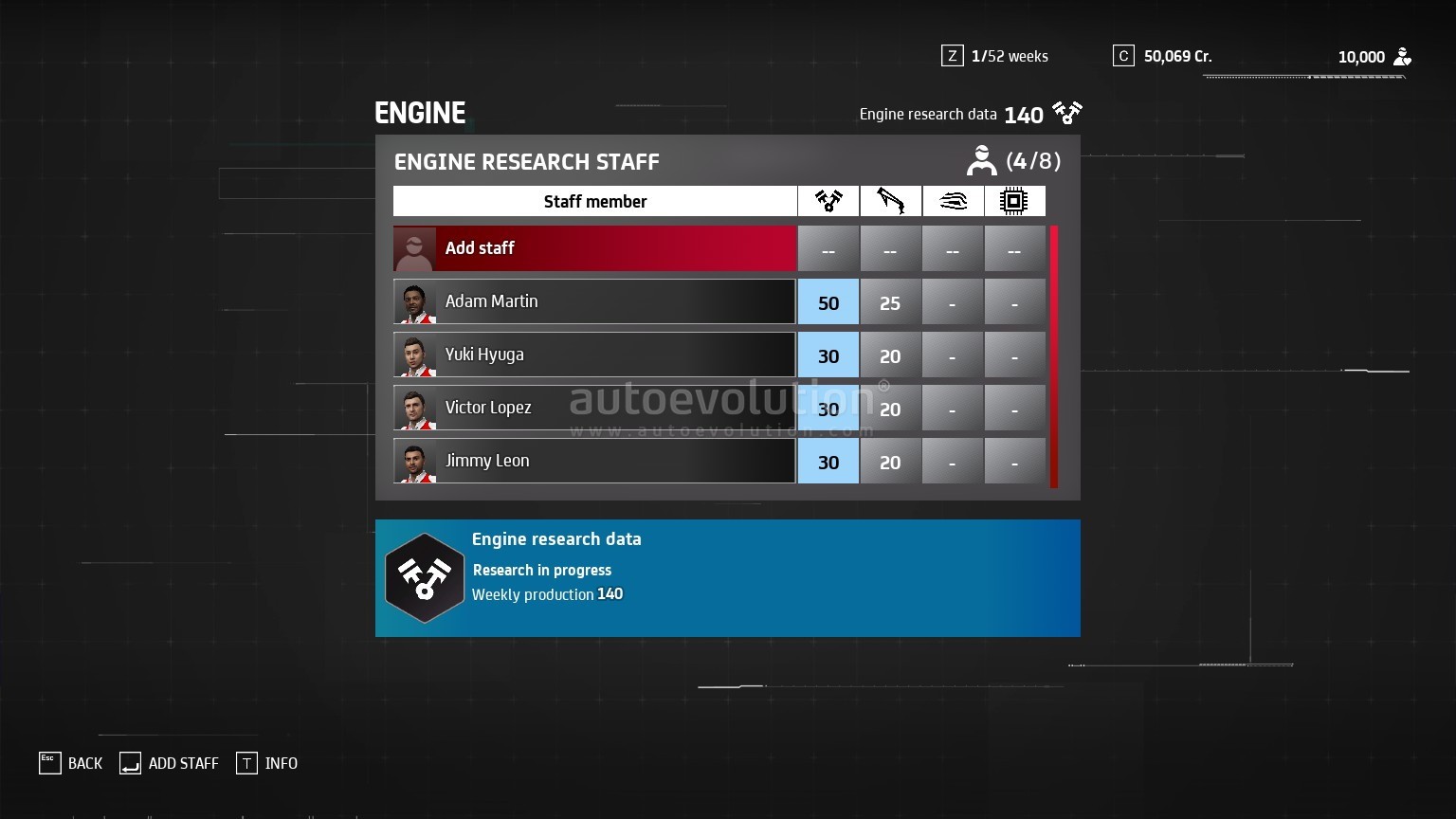

The rear helps in straight line braking, but increases the bike’s turning radius.
#MOTOGP 21 SETUPS PRO#
When I first switched to pro I just didn’t use the rear brake at all. Maybe that is why using the back brake is so tricky.
#MOTOGP 21 SETUPS FULL#
It’s not a pressure sensitive button though, so the back brake is on or off, full brake or no brake.

I use the knuckle of my thumb on A and tip on X so I can hold A and tap X at the same time. It’s easy but took a day or so to get used to. I use my thumb to both rear brake (A) and downshift (X) at the same time. Its meaty career mode can hold you for months, and the uncompromising handling model holds a fascination all of its own.I switch the upshift and the tire info button. You should buy MotoGP 21 anyway, though, if you have even a sliver of interest in the exploits of Quartararo, Mir, Vinales, Rossi and the gang. Admittedly MotoGP 19 had some pretty gnarly whiteouts during sunny races, so it's nice to see those retina-destroying moments are gone, but in its quest for a more realistic look MotoGP 21's lightning sucks some life out of the environments. Something's changed in the lighting, too, which makes this year's game appear flatter and duller than the last, while the tyre spray from wet races has a distracting flicker. They also reset to the track straight after crashing, so if you have the new bike recovery mechanic enabled, you'll spend 10 seconds running your rider over to his bike and picking it back up while any other fallers are already three turns up the road. That trouble takes its most noticeable form in the AI riders, who employ some very odd tactics including but not limited to: constantly wiggling very slightly from side to side on straights, crashing 90% of the time in a particular turn at Assen, and never, ever taking a long lap penalty. There's a lot of time to be made up on the AI with effective braking technique, so fortune favours those with a deft touch on the LT and A buttons (with the assists off, you control front and rear brakes independently).īut there's trouble in this paradise of two-wheeled poise and balletic gliding from apex to apex. As you progress to faster hardware, the corners are gone by the time you enter them, although MotoGP class braking zone battles are something to behold now. It's particularly enjoyable in Moto3, where the slower bikes lavish in a well-set line and your poor overstimulated brain gets a second to register that "hey, I've nailed this corner". The last few games have been working up to a handling model which demands you pick a line and either stick with it or upset your bike, and this year Milestone, quite assertively, achieves it. For anyone who cared about realism in the pre-Unreal Engine MotoGPs, the ability to constantly tweak your speed and trajectory with taps of the brake or throttle were an immersion killer. The frustration is real, then, but the rewards are plentiful. However good you were at MotoGP 20, you're going to have to completely revise your braking technique here.

On MotoGP bikes especially, which eat up ground like Mukbang streamers at a Yo Sushi, you need to set the angle and speed of your bike quite a few seconds before the corner looms large or you'll never get it leaned over and slowed down in time. And when those two new facets of the handling are combined, MotoGP 21 asks you to think one turn ahead, in a very real sense. The feeling and timing of shifting your rider's weight from one side of the bike to the other is slower, more precarious, and ultimately more believable now, too.


 0 kommentar(er)
0 kommentar(er)
